Flossing helps to protect your teeth and gums. It is an essential part of dental health and can protect against everything from bad breath to tooth decay. Getting into the habit of flossing should start early. You should teach your children to floss as soon as their teeth start to come in. Along with brushing and regular visits to your local Lexington Children’s dentist, these are the basics of oral hygiene. But, teaching your kids to floss can seem like a difficult task. But, dentistry for children doesn’t have to be hard.
With this guide, you can easily teach your children how to floss.
Why Is Flossing So Important?
Flossing removes the food particles that can get stuck in the spaces between our teeth. If left between the teeth, these particles can cause harmful bacteria that cause dangerous effects such as:
- Gum disease
- Tooth decay
- Cavities
Everyone should begin flossing as early as preschool. Your Lexington pediatric dentist recommends flossing as soon as teeth begin to appear close together. You’ll probably have to help your child complete the task in those early years.
You and your child should floss once a day. Many families find that flossing is easy to add to their bedtime routine.
Teaching your children to floss early on sets them up with great oral hygiene habits. You should be careful, however, to make sure you’re teaching them the proper technique.
Simple Dentistry for Children: The Right Way to Floss
Not only should you teach your kids to floss regularly, but you should also teach them how to floss.
Our dentists recommend flossing at night-time. This helps to eliminate bacteria that can build up overnight when saliva production is lowest.
Waxed floss is more likely to provide a smooth and comfortable feel for you and your children’s gums. Wider floss will be more effective at getting the job done right.
You can also choose to go with threaded floss or floss picks. Floss picks are a disposable, pre-threaded tool that helps you reach the farthest corners of your mouth. For most children learning to floss, this is the simplest method.
Floss picks are also ideal for travel, so be sure to pack plenty when you send your kids off to grandma’s house!
How to Teach Your Child to Floss
Our Georgetown pediatric dentistry practice and children’s dentist Richmond office have come up with a few tips to help you add flossing to your child’s regular routine.
To start, allow your child a little control over the task. Let them choose their first floss. Themed pre-threaded flossers can be a great place to start.
You should make sure any floss you or your child choose is gentle. Smoother floss works well for most families. Flavored floss is also popular with kids.
If flossing hurts, your child is less likely to do it. So be sure to avoid any floss that may upset or irritate their gums.
You can also spice up the flossing routine by:
- Using positive reinforcement and rewards
- Turning flossing into a game
- Be open and honest about the importance of flossing
Kids need to know the dangers that await them if they do not floss regularly. Be honest about the potential for gum disease or tooth decay. Older kids may be particularly motivated by the threat of bad breath.
Make Flossing Fun
However, flossing shouldn’t be all doom and gloom. You can turn floss time into a fun time by tracking the whole family’s flossing habits. Then, whoever flosses most regularly gets a reward at the end of each week.
The best way to motivate kids to floss is by using positive reinforcement. Instead of punishing your child for forgetting or refusing to floss, celebrate each time they actually do floss. Rewards such as stickers, fun erasers, or other non-food items are a great way to reinforce good behavior.
Turn Flossing Into a Family Affair
The whole family should be flossing daily. This inspires younger (and older) kids to floss more regularly.
You can even floss together all at once. This can help reduce any anxiety or discomfort your child may have around the idea of flossing.
Not only is family flossing beneficial for your child, but it will also help you stick to a regular flossing schedule.
Teach Them to Perform Regular Tooth Checks
Getting big-kid teeth is a huge moment in most children’s life. It’s also when dental hygiene needs to become of utmost importance. After all, these are the teeth your child will have for the rest of their life.
As your child’s adult teeth come in, be sure to encourage them to inspect them nightly. This can help you and your child be sure that their teeth are growing appropriately. It will also help you make sure that they are clean and healthy.
You can even equate tooth checks to a dinosaur bone study to help get them motivated and excited about their dental health.
Problems With Flossing
When your child first begins flossing, it is likely their gums will bleed. This is common and should not be an issue. However, if bleeding does not stop quickly, you may want to consult your dentist.
Some kids may also struggle with a strong gag reflex or sensitive mouth. This can make flossing difficult.
You should encourage them to take it slow and floss in a way that feels most comfortable for them. Let them know that it is completely okay to take breaks while flossing.
If your child is struggling to floss, consult your local pediatric dentist for further assistance.
Clean Mouths Make Happy Children
Good oral hygiene starts early. Teaching your kids to floss early encourages a lifetime of great dental health. And, with these great tips now you know how to make the process easier!
Contact our team at Dentistry for Children to find a local dentist in your area. We have offices in three convenient Kentucky locations, including Lexington, Georgetown, and Richmond, so you are sure to find a practice near you.


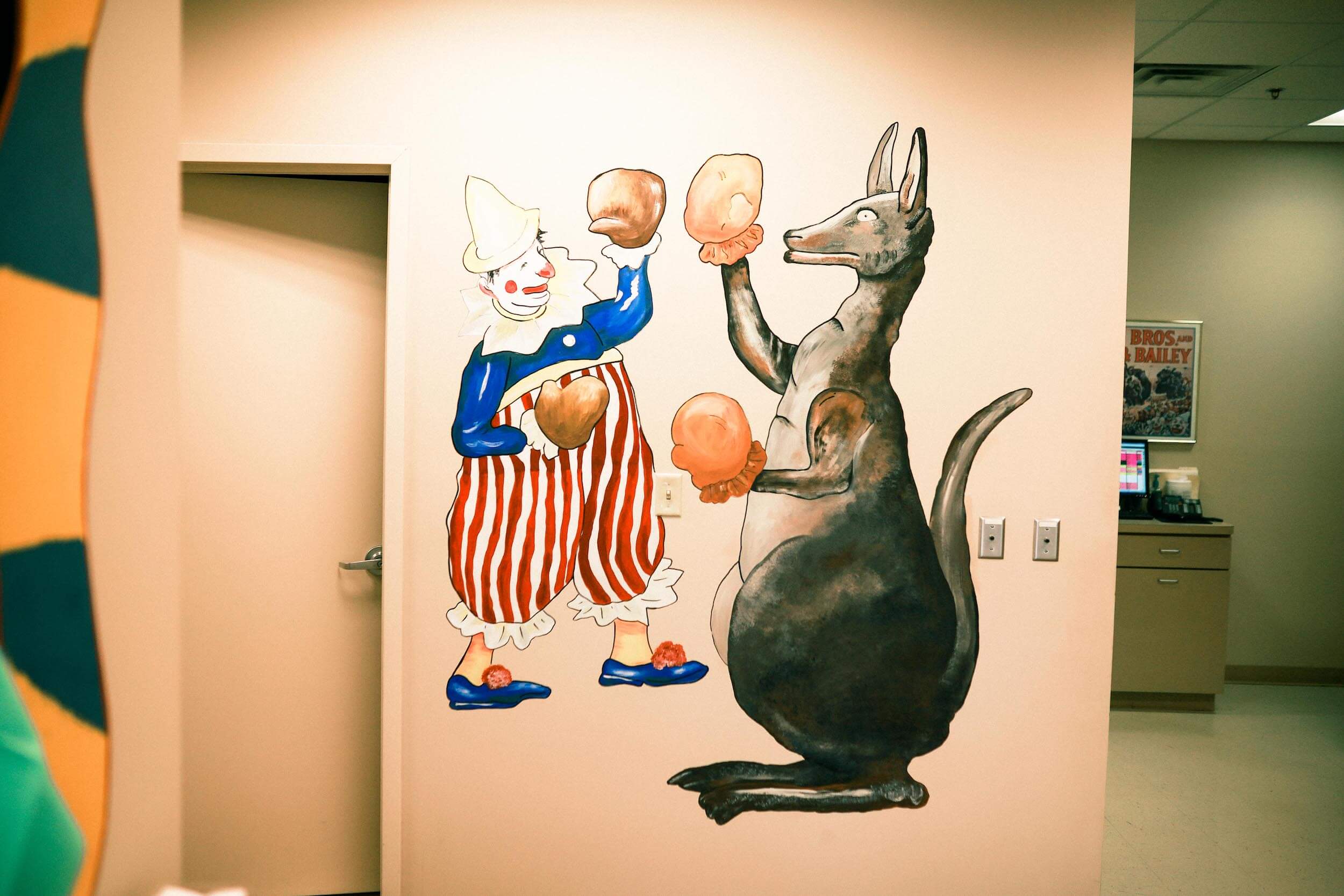



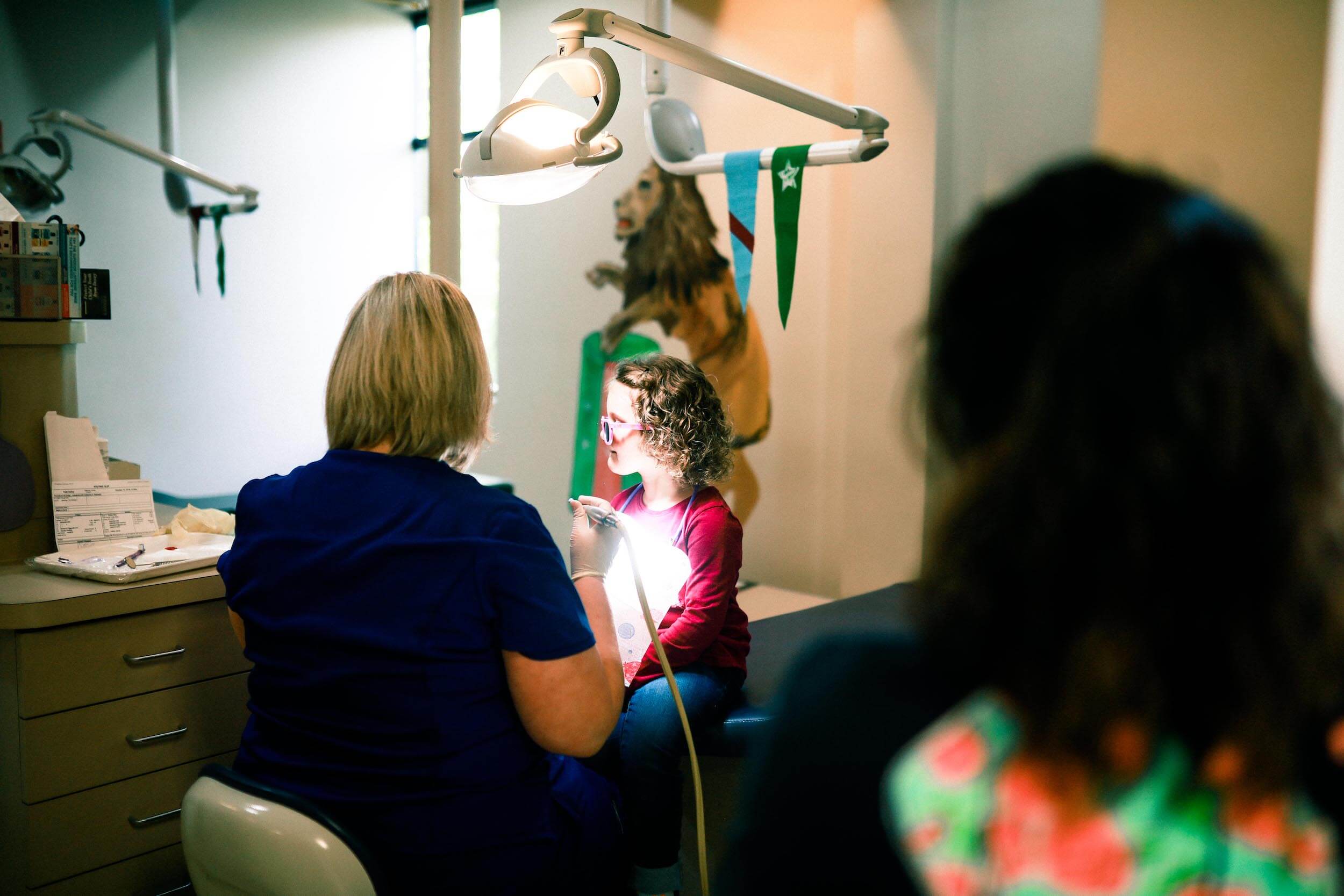
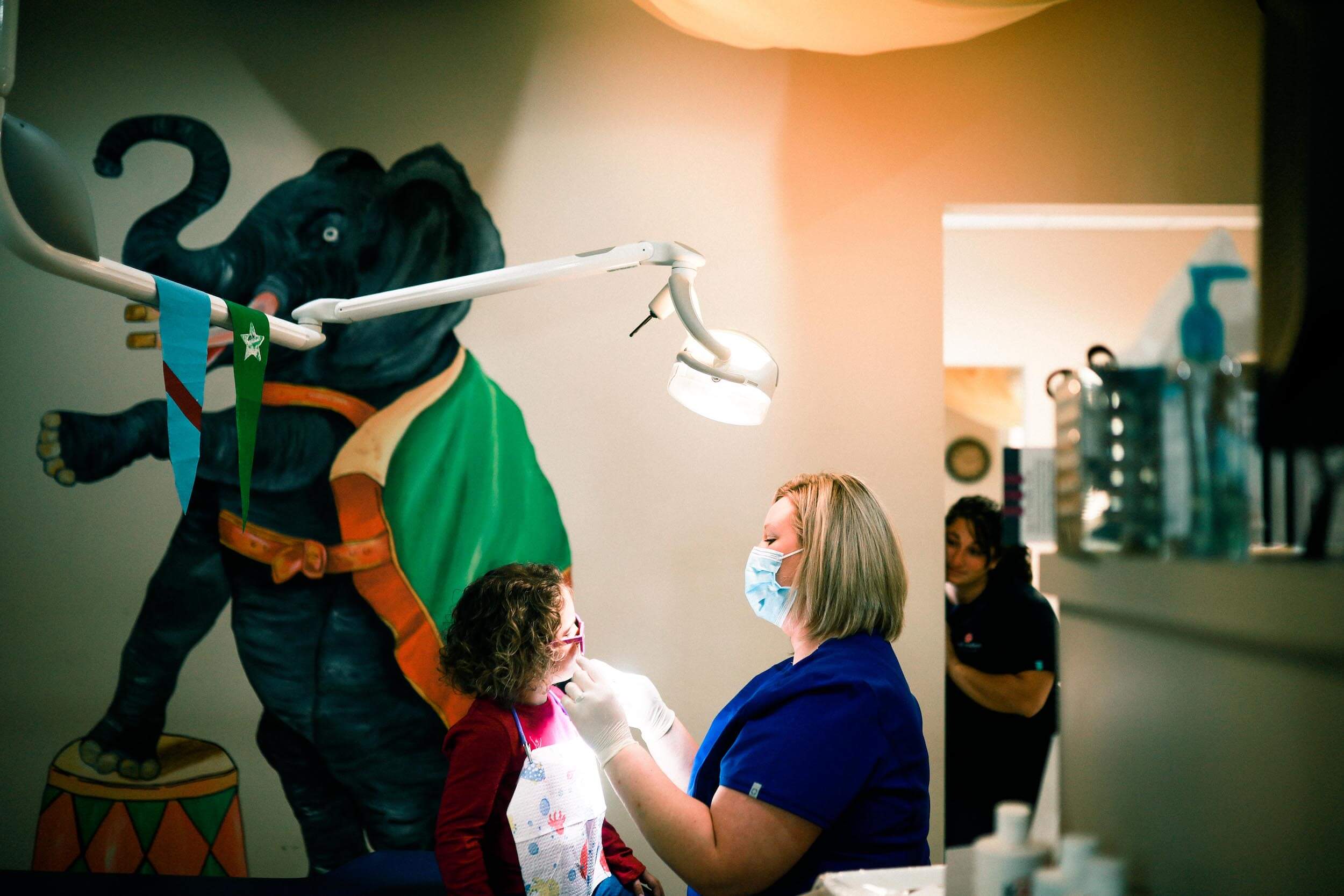

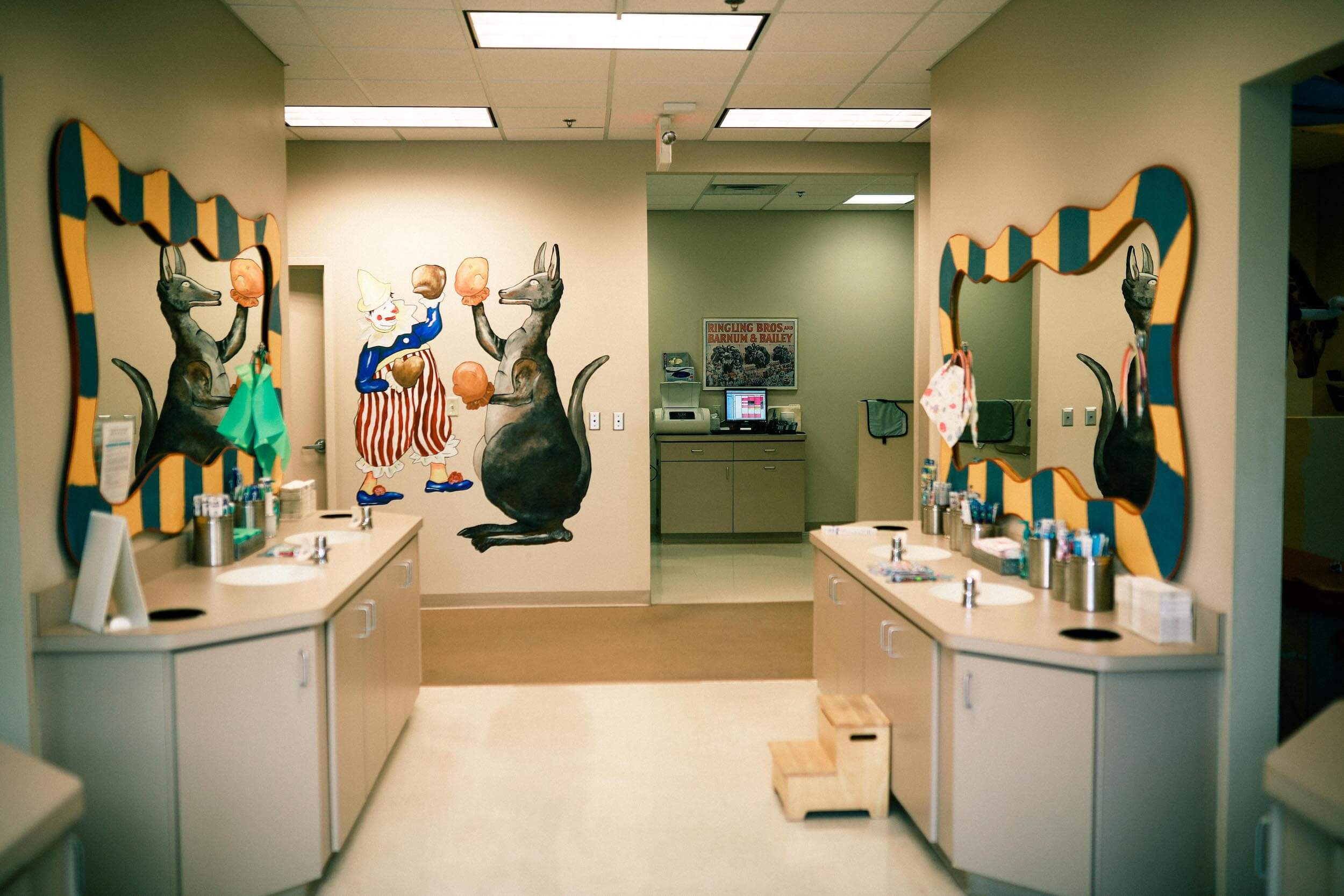
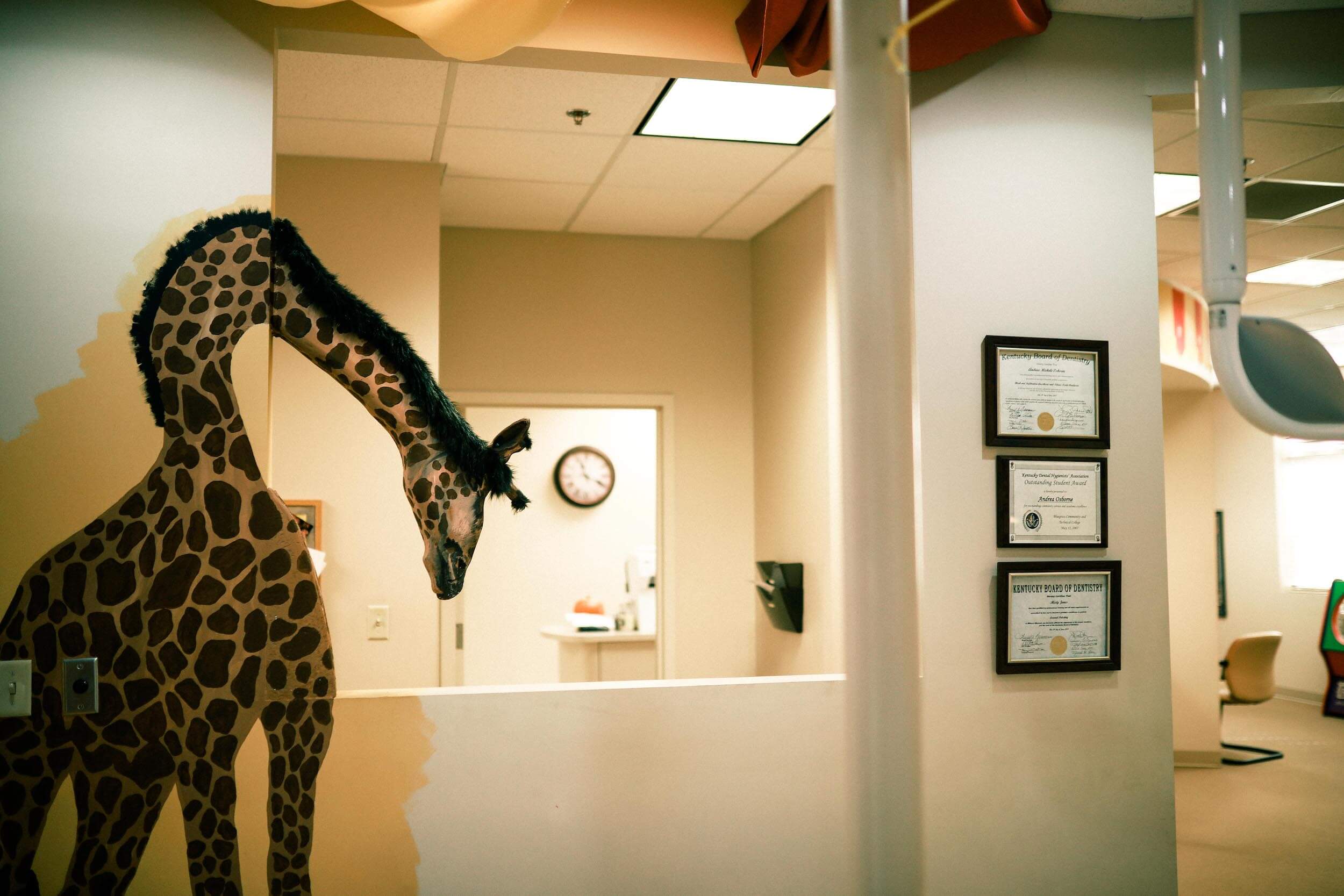







Recent Comments